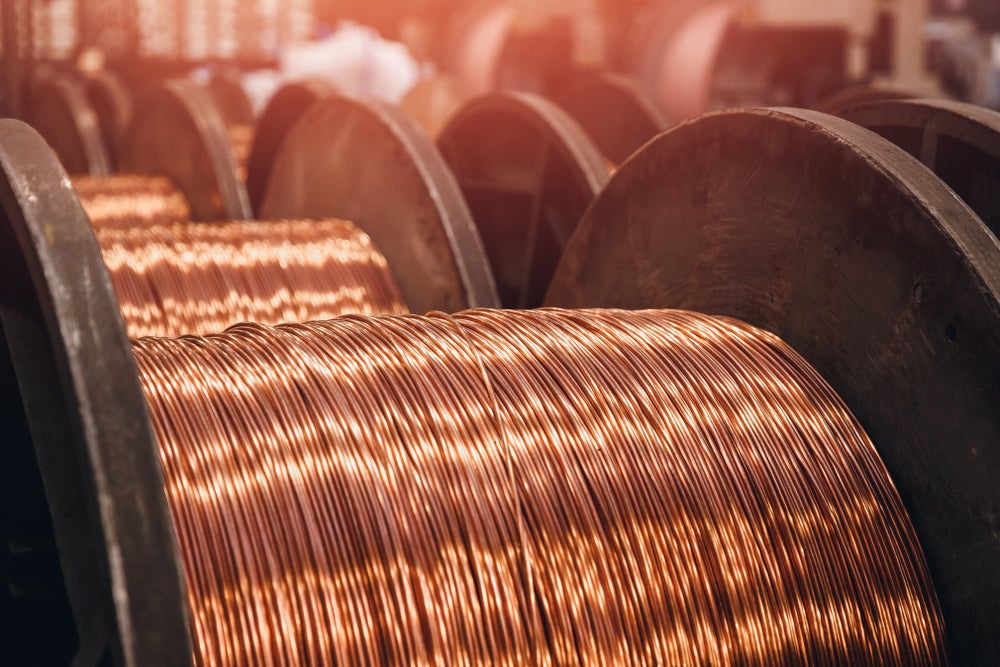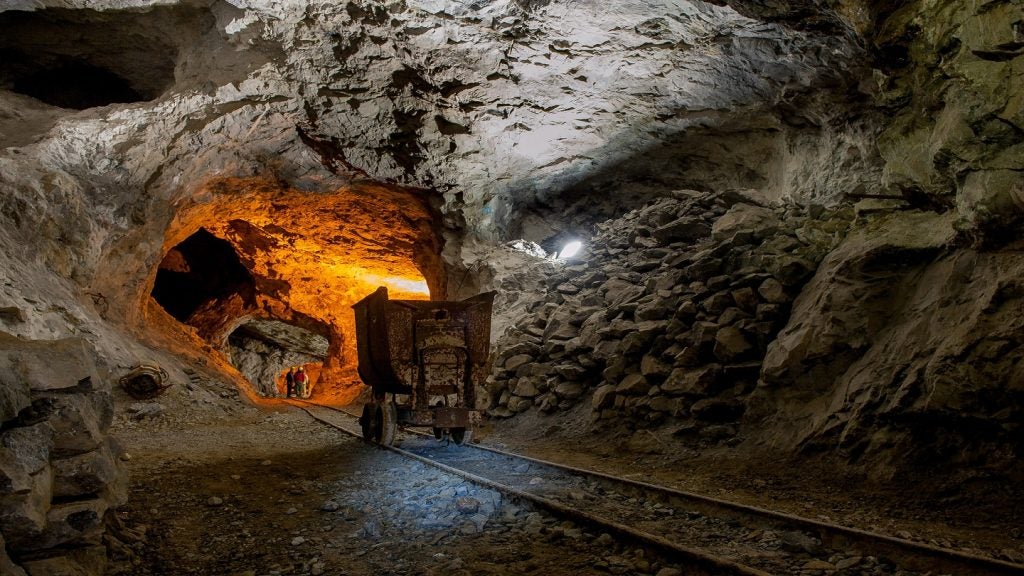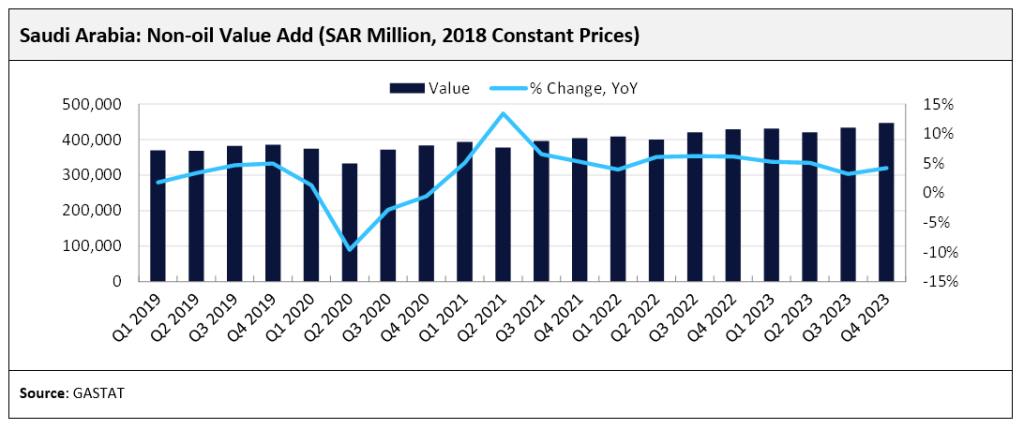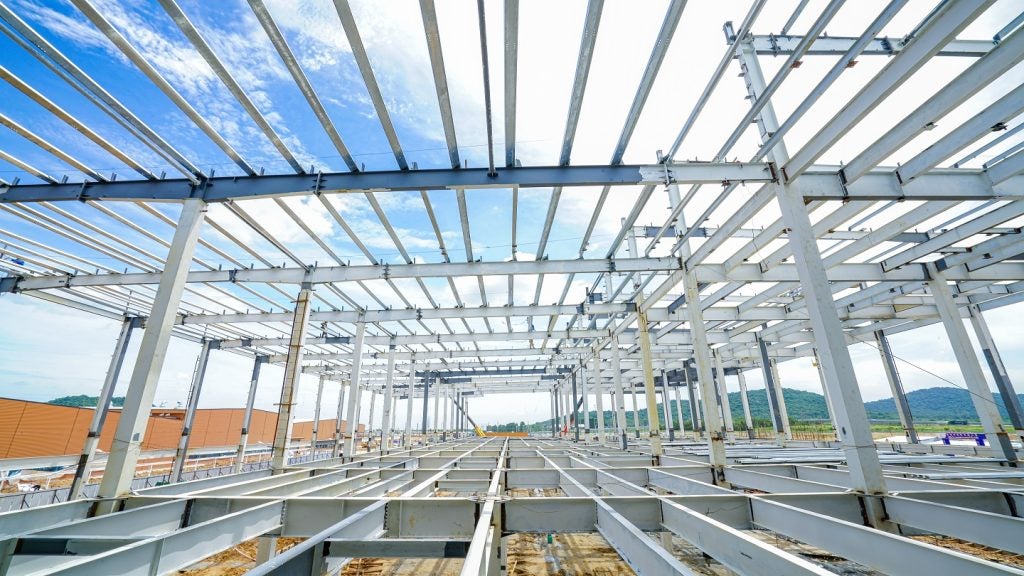
The so-called BRICS nations (Brazil, Russia, India, China and South Africa) are the world’s emerging powerhouses, in more ways than one. As well as exerting an ever-growing influence on the global political stage, these burgeoning economies are building up an industrial base that is closing the gap with the developed western world – or, in some cases, even surpassing it.
No sector illustrates this process better than mining. Competition from low-cost, large-scale mining projects in the BRICS nations has simply been too much for many European and US operations, which are struggling with higher overhead costs and more complex regulatory regimes. As a consequence, countries such as Brazil and China have become hotbeds for international investment.
BRICS countries look outward
BRICS mining investment, however, isn’t just a one-way street – increasingly, these countries are looking to tap into overseas resources in addition to their own domestic deposits. Indian companies including Adani Mining and Lanco Infratech have been assertively investing in Australian coal mining projects, while Brazilian iron ore giant Vale’s funding of iron ore projects in China proves that there are lucrative opportunities in inter-BRICS investment.
In Africa, BRICS countries, particularly China, are becoming more prevalent as investors in new mining projects, both for profit and to provide materials for massive infrastructure and construction projects. "The most active country in Africa has been China, but it isgradually being caught up by Indian and Brazilian firms. Much of this investment is heading towards West African states, mainly for iron ore and gold production," noted financial analyst Business Monitor International last year.
But what about the domestic mining markets of these countries? Although the BRICS bloc is the new nexus of the mining world, challenges still remain, especially when it comes to issues such as safety and environmental responsibility. Here we profile the five countries changing the face of the mining world.
Brazil
Brazil’s stable economic and political situation makes it a prime location for new projects to extract the country’s abundant deposits of gold, iron ore and manganese (a metal that is used in the production of steel and iron among others). Brazil’s well-developed and fertile mining sector is continually reiterated with major investment from at home and abroad.
How well do you really know your competitors?
Access the most comprehensive Company Profiles on the market, powered by GlobalData. Save hours of research. Gain competitive edge.

Thank you!
Your download email will arrive shortly
Not ready to buy yet? Download a free sample
We are confident about the unique quality of our Company Profiles. However, we want you to make the most beneficial decision for your business, so we offer a free sample that you can download by submitting the below form
By GlobalDataGlobal mining company AngloGold Ashanti (headquartered in Johannesburg) announced in September 2011 that it would be investing $250m a year between now and 2016 to upgrade its gold mines at Cuiaba, Corrego do Sitio and Serra Grande and increase its gold production from 420,000oz to 700,000oz during the period. The country is also playing host to new technological developments; Brazil Gold recently partnered with US company Software Sciences Corporation to jointly develop the Unified Pattern Processing (UPP) application for minerals exploration.
This is the kind of investment and innovative technology that will be necessary to overcome the problems that could hinder mining development in Brazil, including inadequate transport infrastructure, hard-to-access deposits and the pressing need to conserve vital eco-systems such as the Amazon rainforest.
Russia
With estimated deposits of coal and iron ore that are believed to represent around 20% of the world’s total reserves of these economically vital resources, Russia is well positioned to expand its presence in the global mining world. The country currently makes up about 14% of global mining operations.
Russia also holds significant reserves of minerals such as palladium and magnesium compounds, which presents an opportunity to dominate these niche markets. According to a June 2011 essay by mining analyst Wilfred Visser, Russian mining is likely to come into its own as time goes by. "For almost all key minerals, the share of reserves exceeds the share of production," he writes. "In other words, it is likely that Russia will become more important in the global mining industry."
A challenge for the Russian mining sector will be to upgrade its ageing equipment and increase productivity, which currently lags 72% behind the average for OECD countries, according to the World Economic Forum. Visser’s essay highlights another key factor for future Russian success, that of opening the country up to international investment: "The Russian mining industry sees Russian companies moving abroad and Western companies and investors trying to gain exposure to the Russian potential. ARMZ is gaining control over uranium deposits in Ukraine; Severstal is aiming for iron ore in Guinea; Rusal, Norilsk and Evraz are buying many assets abroad. At the same time Rio Tinto is looking for ways to mine diamonds in Russia; both BHP Billiton and Rio Tinto have set up exploration partnerships in the country."
India
A report by ICD Research has noted that the Indian mining sector increased by a compound annual growth rate (CAGR) of 11.1% between 2004 and 2009, and predicts that this growth trend will continue up until 2015, driven by demand for resources from the country’s burgeoning construction, infrastructure and power sectors. This demand bodes well for India’s domestic coal market, which represents more than half of its $20bn mining industry. It’s also a boon for India’s mining equipment market, which is projected to grow from $3bn in 2010 to £4.5bn by the end of 2015.
India is experiencing major interest from international mining companies. Mining giant Rio Tinto is preparing to launch its first foray into the Indian mining market with a new diamond mine in the Bunder region of Madhya Pradesh – a proposal that was given in-principle approval from the Union Ministry of Mines at the beginning of January 2012. The deposit reportedly contains an estimated 40-70Mt at a grade of 0.3-0.7 carats per ton.
In terms of Indian overseas investment, as well as the aforementioned ventures into the Australian market, its war-torn but iron-rich neighbour Afghanistan is actively courting Indian investment. Reports suggest that a consortium led by state-owned company Steel Authority of India are seeking $7.8bn in aid and loans to develop the Hajigak iron ore deposit west of Afghan capital Kabul.
China
The chief BRICS mining nation by some margin, China is the world’s leading producer of around half of the more than 70 minerals contained in the World Minerals Statistics database. Major mining markets in the country include coal, bauxite, iron ore, crude steel and gold.
Although there is considerable diversity in the Chinese mining market, coal remains the overriding focus. Production continues to expand, but the cost in workers’ lives and environmental damage is high. While safety and sustainability is a significant problem for the rest of the BRICS nations, the scale of China’s coal mining operations puts worker death statistics into particularly sharp relief. However, regular mining disasters have masked the fact Chinese safety statistics have been gradually improving, and a decent regulatory system with the power to effectively punish safety transgressors should help accelerate this improvement to the rate that observers expect.
As the world’s leading coal producer, China also has the potential to become a global innovator in clean coal technologies. Chinese company Dongshi, for example, has been working with US company Colombia Clean Power & Fuels (CCPF) to develop carbon capture technology for use in the production of metallurgical coke. When we spoke to CCPF’s chief operating officer Graham Chapman in 2011, he noted that China was working to develop clean coal technologies for domestic use. "Underground coal gasification (UCG) is a technology China has recognised as a very important one both commercially and environmentally, and they’ve dedicated government support to develop their own resources and take the technology forward."
South Africa
South Africa is already the world’s leading producer of platinum, as well as a major player in the production of gold, diamonds, base metals and coal. The potential for further discoveries in large, yet-to-be geologically explored regions of the country means that the mining sector could contribute even more in the future to the 8.8% of GDP, 50% of merchandise exports and 18% of gross investment that it currently channels into the South African economy.
However, massive reserves don’t always tell the whole story. While South Africa’s gold reserves are the largest in the world, in recent years its gold production has slipped to the fifth in the world. This decline can’t be attributed to a lack of skills or mining expertise in the country; rather, issues such as inconsistent energy and transport infrastructure, the costs involved in ultra-deep mining operations and consequent safety issues have put a damper on investor confidence. Reportedly, investors have also been cautious since the country’s heated political debate on the potential nationalisation of the country’s mining industry.
At the moment, South Africa is struggling to capitalise on the treasure trove that lies beneath its soil, but as reserves in other parts of the world start to dwindle, investment in South Africa’s copious reserves will begin to look more and more attractive.







